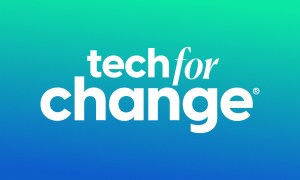
Tuesday’s Sustainable with Google event revealed information on a research project that is using A.I. to reduce the amount of time spent sitting at traffic lights. A series of pilot projects in Israel improved the timing at intersections, enabling Google to reduce fuel consumption and intersection delays by 10% to 20%. Not only does that help local air quality, but it’s also helping folks get to work more quickly.
This has been done by calculating the relationship between traffic conditions and light timing within a reasonable level of accuracy, then building an A.I. model based on that data. Though these pilot projects were conducted in Israel, Google is looking to have another go in Rio de Janeiro and other major cities around the world.
That’s not the only sustainability research Google has been working on through its Environmental Insights Explorer. The goal with this program is to help more than 500 cities cut 1 gigaton of carbon emissions by 2030. Tree Canopy Insights uses A.I. mapping to help communities figure out which areas have enough trees and which areas need more trees planted in them.

The vast majority of A.I. research in the automotive sphere tends to be focused on the cars themselves, particularly in terms of autonomous driving, but applying this technology to traffic lights also has the potential to increase safety on the roads. Lower-tech solutions, like roundabouts, could provide equivalent gains, but in places where such an overhaul isn’t practical, making the lights a little more intelligent could be a viable improvement. Hopefully, smart cars will eventually be able to communicate with smart traffic lights to further improve the efficiencies at intersections around the world.
Projects like this could be rolled out to help cut emissions, improve fuel efficiency, and much more.



